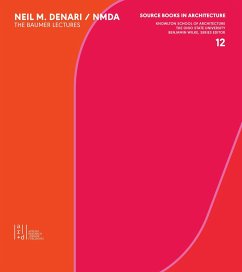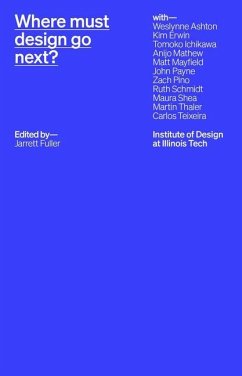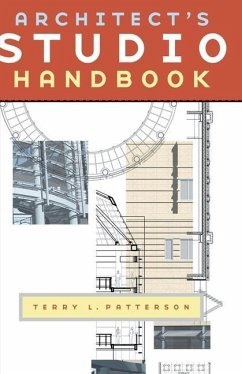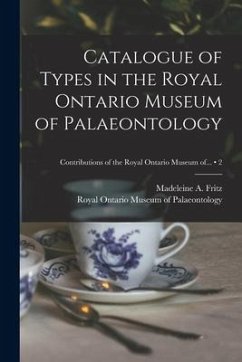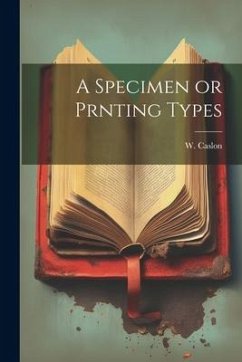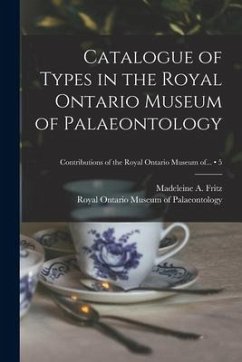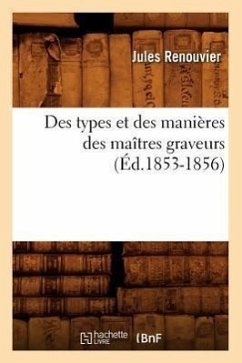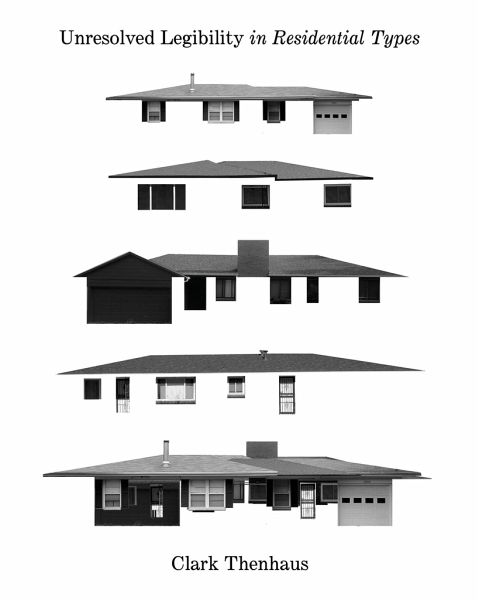
Clark Thenhaus
Broschiertes Buch
Unresolved Legibility in Residential Types
Versandkostenfrei!
Versandfertig in über 4 Wochen

PAYBACK Punkte
13 °P sammeln!




Unresolved Legibility In Ten Residential Types - featuring nearly 100 new drawings, diagrams, and images
Clark Thenhaus is founding director of Endemic Architecture and Assistant Professor of Architecture at the California College of the Arts. Thenhaus has won numerous design awards and published original work and ideas extensively.
Produktdetails
- Verlag: Oro Editions
- Seitenzahl: 250
- Erscheinungstermin: 26. November 2019
- Englisch
- Abmessung: 254mm x 205mm x 20mm
- Gewicht: 695g
- ISBN-13: 9781943532391
- ISBN-10: 1943532397
- Artikelnr.: 56720375
Herstellerkennzeichnung
Libri GmbH
Europaallee 1
36244 Bad Hersfeld
gpsr@libri.de
Für dieses Produkt wurde noch keine Bewertung abgegeben. Wir würden uns sehr freuen, wenn du die erste Bewertung schreibst!
Eine Bewertung schreiben
Eine Bewertung schreiben
Andere Kunden interessierten sich für


